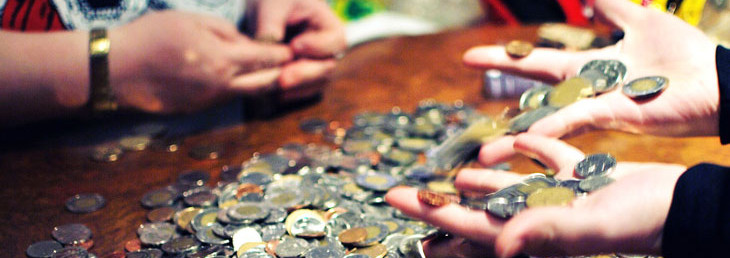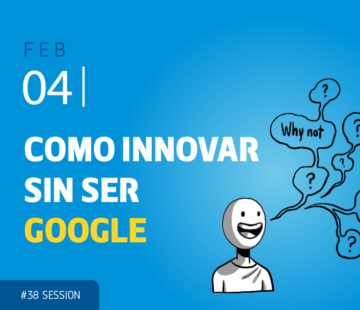Making crowdsourcing and crowdfunding converge: putting the money where the mouth is

“Veronica Mars”, a TV show about a student who also works as a private detective, was aired in U.S. from 2004 to 2007. A couple of years ago, Rob Thomas, who created this series, wanted to make a feature film with the same characters. For getting the funds needed, he asked fans through a Kickstarter campaign. It was a groundbreaking success, breaking almost every Kickstarter record, including meeting its funding goal of 2 million dollars in just about 12 hours.
The really outstanding circumstance was not the amount raised or how fast, but the fact that the money went to a production account set up by Warner Brothers, the studio that owned the concept and was going to distribute the movie if made.
Most people still think about crowdfunding exclusively as a funding tool when no other source of capital is possible, an instrument therefore that only makes sense when used by entrepreneurs, artist or small business. But this idea could change quickly, as big businesses might also find a crowdfunding campaign appealing. Some examples have already shown the potential for big businesses to raise funds on crowdfunding platforms.
In 2013, Dodge teamed up with RocketHub to launch the Dodge Dart Registry, a temporary crowdfunding campaign that allowed consumers to help pay for someone else’s car.
Dodge Dart Registry helps you crowdsource money for your next ride
Honda has also used crowdfunding platform Indiegogo to save drive-in movie theaters. The automaker asked for $100,000 but only received half of this amount
Project Drive-In: Save the Drive-In Fund
Coke received a lot of complaints for using too much water at its bottling plants in Mexico, so the company launched a crowdfunding campaign to help dig wells throughout villages in the area.
Coca-Cola Looks to Crowdfunding to Raise Social Media Awareness
Unfortunately, all these and other examples just show an interest for crowdsourcing exclusively as a marketing tool. For now. At least, the mental barrier of a company using crowdfunding has been broken.
It might be the first step towards a new context where not to think of crowdfunding just as a funding mechanism, but as a new way to enhance a Co- relationship with consumers or other players involved in a collaboration initiative. Crowdfunding could become a natural extension of other crowdsourcing and engagement efforts some companies are already implementing, adding the financial implication to the emotional commitment.
Crowdfunding will make a Co- initiative with costumers not just a creative way to get consumers more involved in the development process of a new product or service, but one that asks them to pay for it. Of course, for this to happen, contributors to these campaigns can be offered rewards or even equity. But, most importantly, they should feel like they, along with the brand, are helping something creative, entrepreneurial, or social come to life, something that could not exist otherwise.
